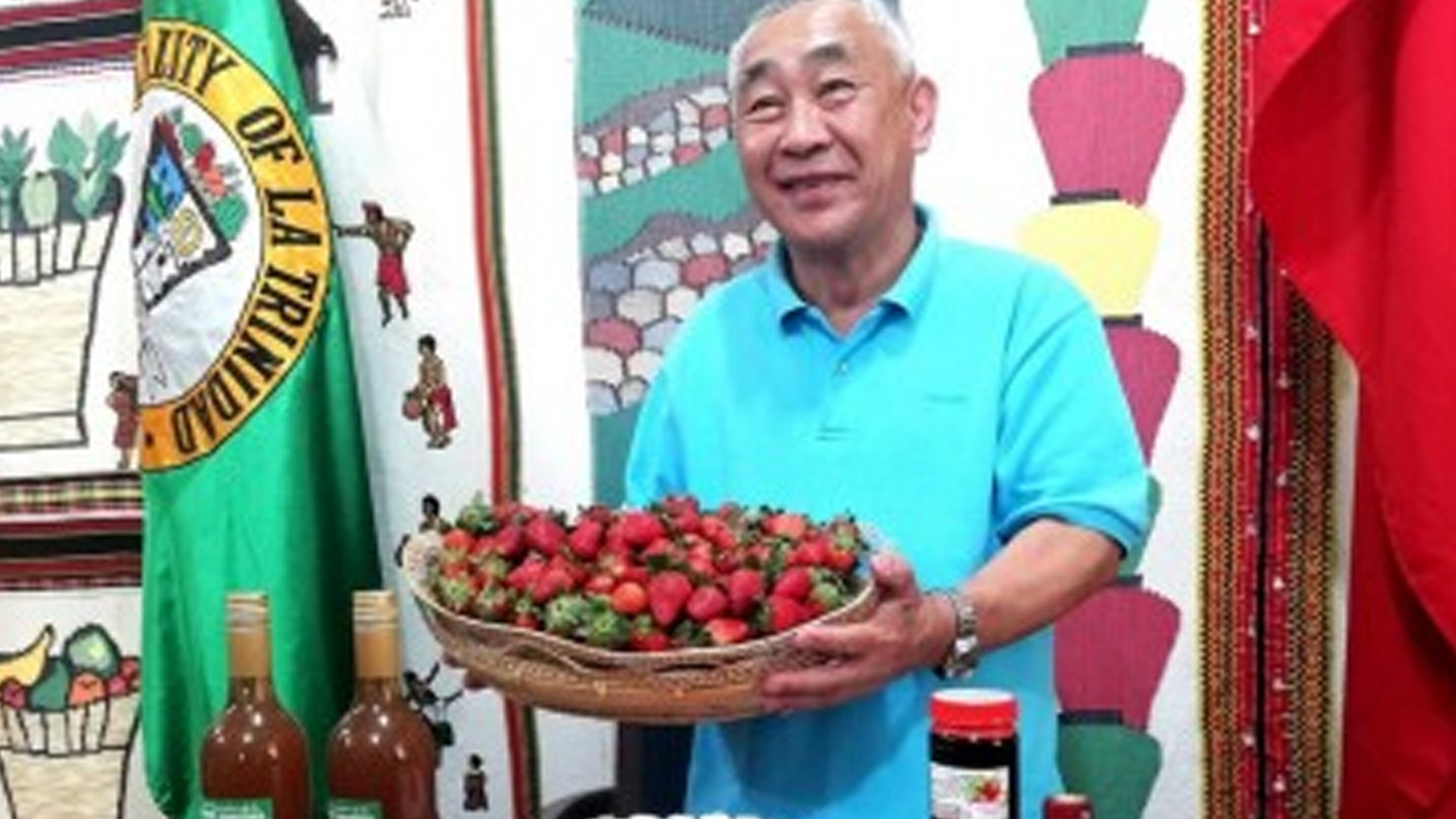Baking of some 10,000 strawberry cupcakes will be among the highlights of the three-week-long Strawberry Festival in March in this capital town known for its strawberry farms.
Mayor Romeo Salda, in a press conference on Wednesday, said the cupcakes will have a simple design and will be sold at PHP40 apiece.
He said the cupcakes are a better option than the proposed twin giant red and white strawberry cakes, which will be featured instead in next year’s celebration because organizers are time-constrained for the preparation of this year’s festival to be held from March 4 to 26.
Valred Olsim, municipal tourism officer, said about 500 kilos of strawberries will be used for the 10,000 cupcakes, which will be baked by four bakers from different shops.
“The Strawberry Festival is (a) municipality-led (event). We do not have a large budget so we thought of selling the cupcakes for sustainability purposes,” he explained.
Spared by El Niño
Meanwhile, Salda assured the public of an ample supply of strawberries until around June, or the start of the rainy season, since the El Niño phenomenon has not greatly impacted the strawberry plants of about 1,020 farmers here.
“Our farmers have adopted the Japanese technology of placing plastic mats to prevent the soil from drying and contain the moisture of the soil,” he shared.
The mayor said the Department of Agriculture-Cordillera Administrative Region (DA-CAR) earlier implemented a PHP25 million irrigation project, supplying water needed by strawberry farms in the villages of Betag, Pico, and Puguis.
He explained that strawberries are now grown on sloped areas unlike before when it was only in strawberry farms in the valley, allowing the plants to produce fruits up to June unlike in the past when strawberry peak season was only up to March.
He said around 36.4 hectares of land is being used for strawberry production in nine villages — Ambiong, Balili, Beckel, Lubas, Pico, Poblacion, Puguis, Shilan, and Wangal.
This is on top of the 15 hectares in Barangay Betag, where the strawberry farms frequented by tourists are located.
Salda said about 18 to 22 tons of fresh strawberries are produced per hectare in the municipality, but harvest from other places, although smaller in volume, augments the supply.
Government data show that in 2020, La Trinidad’s strawberry production areas totaled to 52 hectares but this decreased the following year to 36.4 hectares after farmers shifted to other commodities due to losses incurred in the previous year.
Among the varieties being produced here are Sweet Charlie, Dorango (Honeoye), San Andreas or Winterdawn, Benehoppe, Red Milk, Snow White, and Japan white.
This town continues to hold the Guinness World Record for the biggest strawberry shortcake, awarded in March 2004, and where about 26,000 slices were produced and distributed to the public. (PNA)





















